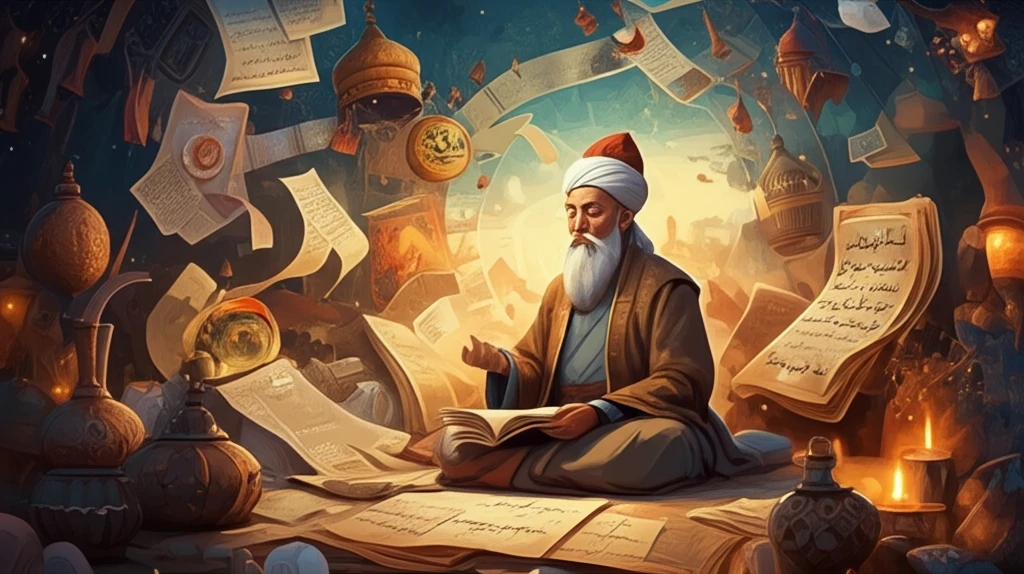
Unveiling Rashid al-Din: The Untold Renaissance Story of Mongol Iran's Visionary
"Discover how Rashid al-Din transformed Mongol-ruled Persia into a hub of intellectual and cultural innovation, challenging perceptions and reshaping history."
Rashid al-Din, a name that might not immediately resonate, stands as a towering figure in the history of Mongol Iran. Often dubbed the 'Ilkhanid Renaissance man,' his influence extends far beyond the political sphere, touching the realms of intellectual thought, cultural innovation, and historical documentation. Dorothea Krawulsky's meticulous study serves as a vital key to unlocking the complexities of this extraordinary individual, challenging conventional understandings and shedding light on his enduring legacy.
At a time when the Mongol Empire was expanding its reach across Asia, Rashid al-Din emerged as a pivotal figure, serving as vizier (chief minister) to the Ilkhanate, the Mongol dynasty that ruled Persia. But to see him merely as a political operative would be a gross understatement. He was a polymath, a scholar of immense breadth, and a visionary who sought to synthesize diverse traditions into a coherent and thriving society. His efforts left an indelible mark on the cultural and intellectual landscape of Persia, fostering an environment of unprecedented creativity and exchange.
This article delves into the multifaceted world of Rashid al-Din, drawing insights from Krawulsky's research and other historical sources. We'll explore his contributions to historiography, his theological insights, his role in shaping Ilkhanid identity, and his vision for a reformed Islamic society. By examining his life and work, we gain a deeper appreciation of a figure who not only navigated the turbulent waters of Mongol rule but also left an enduring legacy that continues to resonate today.
Rashid al-Din's Vision: How He Integrated Cultures and Modernized History

Rashid al-Din's impact is most notable in his approach to history. Commissioned to create a comprehensive record of the Mongol Empire, he embarked on a project that would redefine historical writing in the Islamic world. His most famous work, the 'Jami al-Tawarikh' (Compendium of Chronicles), was not merely a chronicle of events but a groundbreaking attempt to synthesize historical narratives from diverse cultures, including Mongol, Persian, Chinese, and European sources.
- Comparative Historiography: Rashid al-Din compared and contrasted different historical accounts, seeking to identify common threads and resolve contradictions.
- Use of Diverse Sources: He drew upon a wide range of sources, including official documents, oral histories, and literary works.
- Integration of Cultures: His work integrated the histories of different cultures, fostering a sense of interconnectedness and shared heritage.
- Critical Analysis: He critically evaluated his sources, questioning their reliability and bias.
The Enduring Renaissance
Rashid al-Din's story is a powerful reminder of the transformative potential of cultural exchange and intellectual curiosity. His efforts to bridge divides, synthesize knowledge, and promote understanding continue to inspire us today. As we grapple with the complexities of our interconnected world, his vision of a shared human history remains as relevant as ever. Exploring his legacy not only enriches our understanding of the past but also provides valuable insights for building a more inclusive and enlightened future.
